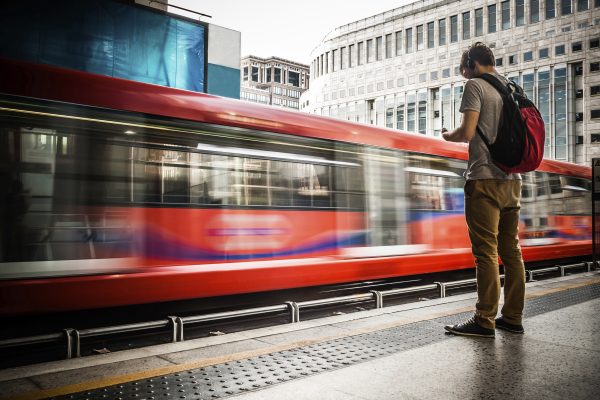Unless you’ve been hiding under a rock for the past two years, the hype around generative AI has been impossible to ignore. Recently, in fact, this hype has rapidly evolved into practical application – as generative AI starts to embed itself into our working and personal lives.
In fact, according to recent Adobe research, almost three-quarters (73%) of Brits say they’ve used generative AI in their personal lives.
In travel and aviation, early generative AI use cases are emerging – and they’re exciting. From tailored itineraries to travel recommendations, and content creation to dynamic pricing, the application of generative AI is proving an exciting prospect for brands and travellers alike.
According to the same Adobe report, online traffic to travel sites (airlines and hotels) from generative AI tools has jumped 207% year-over-year. Clearly, this transformative tool is no fast fad – it’s here to stay.
But what does the application of generative AI actually look like in travel and aviation? Here are four examples.
1. Personalised recommendations and virtual travel assistants
If there’s one thing all brands and customers can unanimously agree on, it’s that personalised experiences matter. When people receive tailored recommendations and offers specific to their needs and wants, they feel valued, cherished, and are more likely to part with their hard-earned cash.
In travel and aviation, generative AI is redefining how brands engage with customers and prospects. By analysing interests, budgets, and availability, brands can deliver customised, AI-powered itineraries (including ideal destinations and activities) unique to the individual.
In fact, Adobe research shows that 86% of Brits are excited about using generative AI to map out travel options based on a desired itinerary, budget, and other parameters. This could pave the way for AI-powered virtual travel assistants, which build custom trips based on historical travel patterns and reviews.
2. Immersive experiences and creative content
Another powerful application for generative AI is producing unique and compelling content. By powering augmented and virtual reality (AR and VR) travel experiences, generative AI allows customers to get a taste of potential destinations before booking, or even helps them discover more hidden cultural experiences they may never have found.
What’s more, if can bring the otherwise boring and bland travel booking experience to life. Imagine the wanderlust sparked by virtually walking the streets of the city you’re about to book a flight to, while booking it. That’s what generative AI enables, the creation of dynamic, immersive digital experiences.
Another generative AI use case is breaking down language barriers, a common obstacle that travellers face while globetrotting. Real-time, AI-powered translation helps people communicate more effectively with locals, enriching their cultural experience.
3. Smart interactions and enhanced customer support
One of generative AI’s most powerful early use cases (not just in travel and aviation) is enabling the most powerful and sophisticated chatbots we’ve ever seen. These virtual support agents are capable of addressing increasingly complex customer queries and concerns, boosting overall satisfaction and freeing employees to focus on higher-value tasks that contribute more strategic value to a business.
Although most airlines and travel companies already employ chatbots in some shape or form, generative AI introduces natural language elements to virtual support functions, enabling more seamless, human conversation and problem resolution.
With generative AI, chatbots can also help customers book flights based on specific requirements such as budget, or respond and react to customer enquiries/concerns based on the kind of emotional language used.
4. Dynamic pricing and revenue optimisation
Generative AI is a powerful tool for optimising pricing strategies, analysing the latest market trends, historical purchase behaviour, and competitor pricing – maximising profits.
From a customer perspective, dynamic pricing helps travellers clinch better deals on flights, hotels, and excursions. Indeed, for customers, receiving a comparison of pricing options for travel (92%) represents the most exciting generative AI prospect, the Adobe research shows.
However, brands must remain aware of the pitfalls of dynamic pricing, with many labelling the practice as exploitative, particularly in live entertainment areas such as musical and sporting events.
Remember, don’t get carried away
Generative AI is the latest manifestation of artificial intelligence (AI) and, therefore, must be approached with the same care and caution as any AI-powered – with meticulous detail and attention paid to data privacy, ethical use, and responsible application.
Ultimately, it’s critical to remember that all the above generative AI use cases still require human input and guidance to work most efficiently and securely. But should travel and aviation brands effectively strike that balance, the sky really is the limit.









